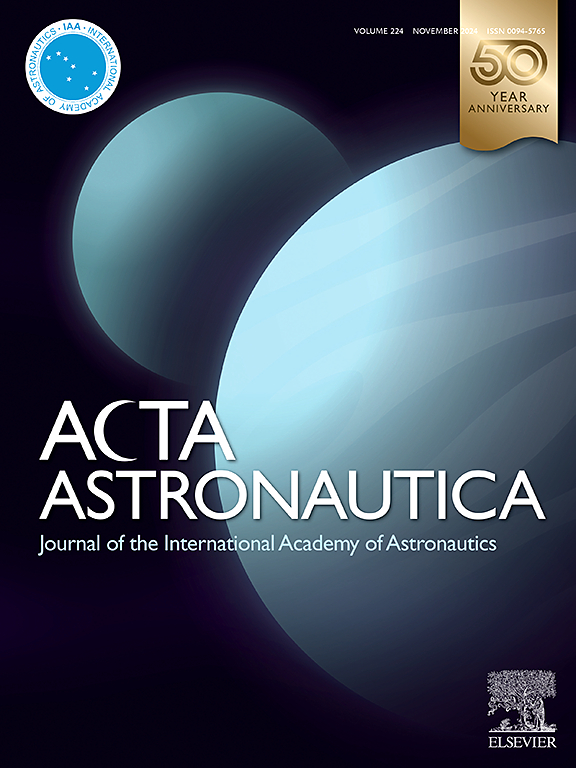Satellites state vectors refinement based on international laser ranging system using machine and deep learning
IF 3.1
2区 物理与天体物理
Q1 ENGINEERING, AEROSPACE
引用次数: 0
Abstract
With the increasing number of space objects in near-Earth space, the necessity of high-precision determination of space objects state vectors, as well as its classification by size, velocity, and potential danger to active satellites and space stations is becoming increasingly important for space flight safety services. In case of necessity of taking decisions of satellites orbit corrections and avoiding space emergency situations in real time mode artificial intelligence services could be used. The results proposed in this study show that machine and deep learning models can significantly improve the accuracy of determining the space objects state vector for classical numerical models and space catalogs, that is very essential task for space flights safety. The parameters of the Two-Line-Elements catalog and the model of it convertation to state vector are considered as input data to process, International Laser Ranging Service data from ground stations is considered as the ground truth measurements. The methodology considered here can be applied to any artificial space objects with various orbit parameters, thus, helps to provide space flights safety assurance.
利用机器学习和深度学习,基于国际激光测距系统完善卫星状态向量
随着近地空间空间物体数量的不断增加,高精度确定空间物体的状态矢量以及按其大小、速度和对在役卫星和空间站的潜在危险进行分类的必要性对空间飞行安全服务越来越重要。在需要实时做出卫星轨道修正和避免空间紧急情况的决策时,可以使用人工智能服务。本研究提出的结果表明,机器学习和深度学习模型可以显著提高经典数字模型和空间目录确定空间物体状态矢量的准确性,这对空间飞行安全来说是非常重要的任务。双线元素目录的参数及其转换为状态矢量的模型被视为需要处理的输入数据,来自地面站的国际激光测距服务数据被视为地面实况测量数据。这里所考虑的方法可应用于具有各种轨道参数的任何人造空间物体,从而有助于提供空间飞行安全保证。
本文章由计算机程序翻译,如有差异,请以英文原文为准。
求助全文
约1分钟内获得全文
求助全文
来源期刊

Acta Astronautica
工程技术-工程:宇航
CiteScore
7.20
自引率
22.90%
发文量
599
审稿时长
53 days
期刊介绍:
Acta Astronautica is sponsored by the International Academy of Astronautics. Content is based on original contributions in all fields of basic, engineering, life and social space sciences and of space technology related to:
The peaceful scientific exploration of space,
Its exploitation for human welfare and progress,
Conception, design, development and operation of space-borne and Earth-based systems,
In addition to regular issues, the journal publishes selected proceedings of the annual International Astronautical Congress (IAC), transactions of the IAA and special issues on topics of current interest, such as microgravity, space station technology, geostationary orbits, and space economics. Other subject areas include satellite technology, space transportation and communications, space energy, power and propulsion, astrodynamics, extraterrestrial intelligence and Earth observations.
 求助内容:
求助内容: 应助结果提醒方式:
应助结果提醒方式:


